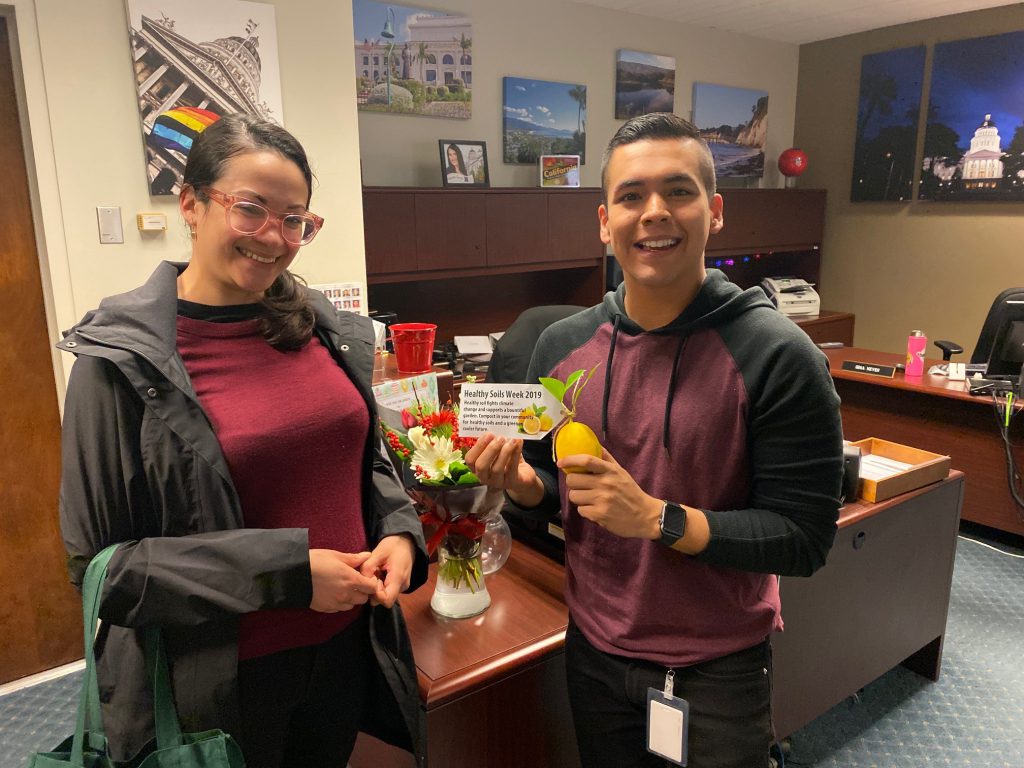
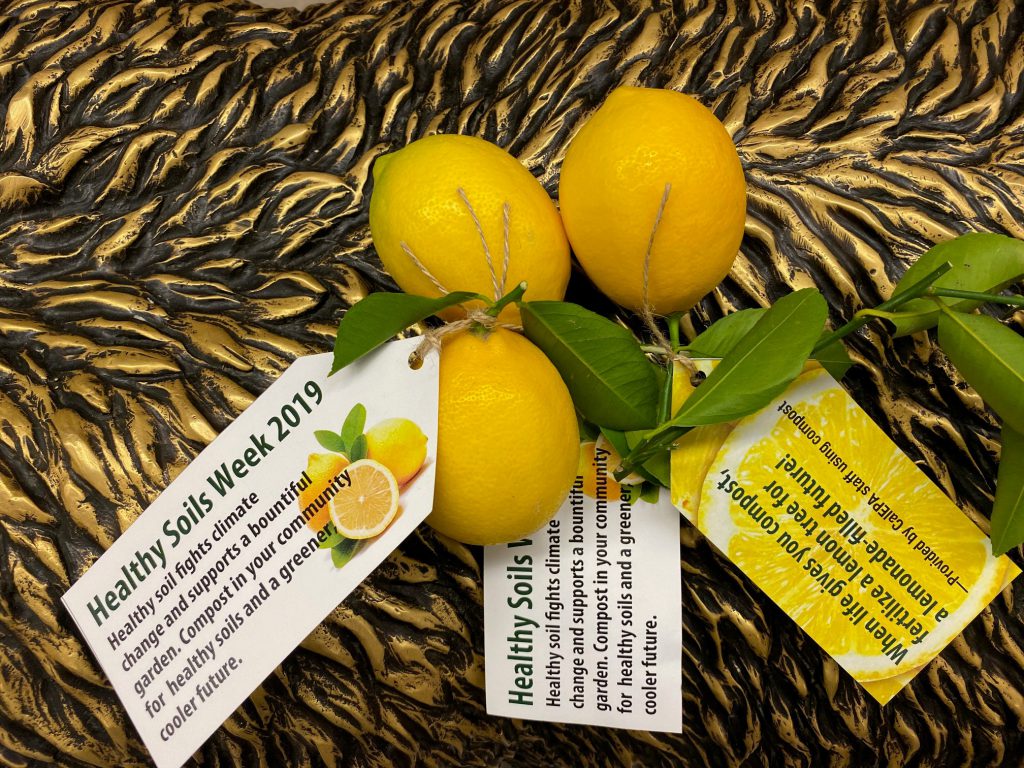
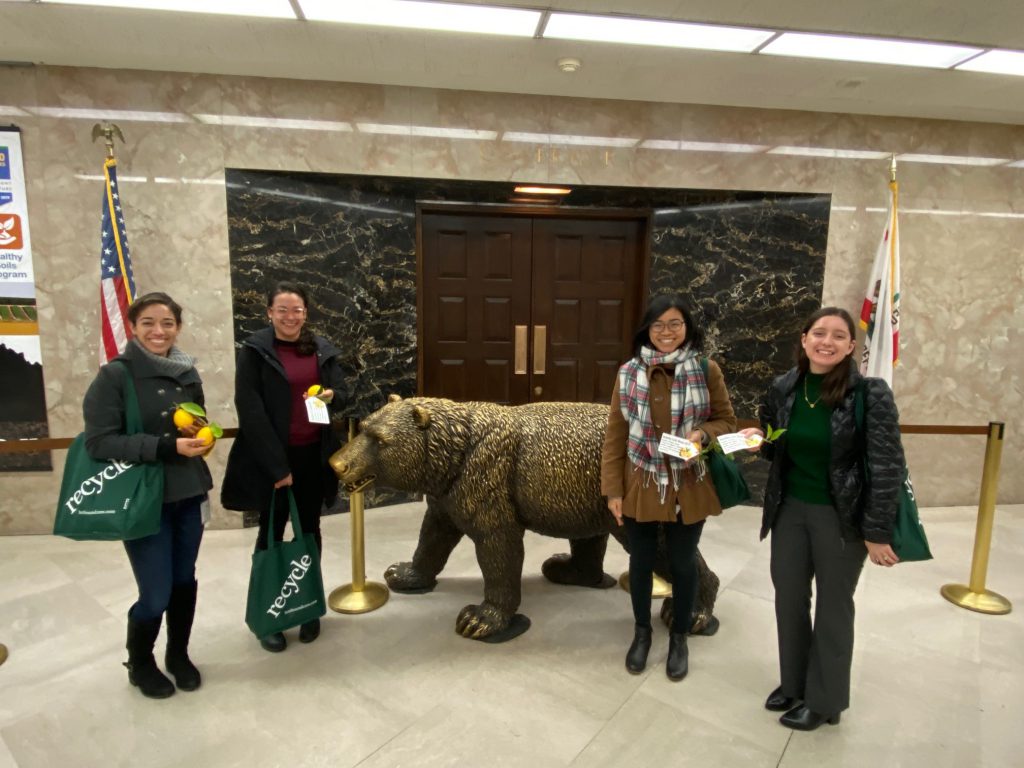





Fresno-area farmer Marvin Meyers, who served on the California State Board of Food and Agriculture during the administrations of governors Gray Davis, Arnold Schwarzenegger and Jerry Brown, has passed away at age 85.
CDFA Secretary Karen Ross: “Marvin Meyers was a generous visionary and truly one of a kind. It was a privilege to work with him on the State Board of Food and Agriculture. May he Rest In Peace.”
Healthy soils mean more food, including notable increases in yields for farmers using soil management practices, according to USDA case studies. That’s critical as agriculture looks to feed an expected world population of more than 9 billion by 2050! www.cdfa.ca.gov/healthysoilsweek #HSW2019

California Healthy Soils Week: December 2-6, 2019
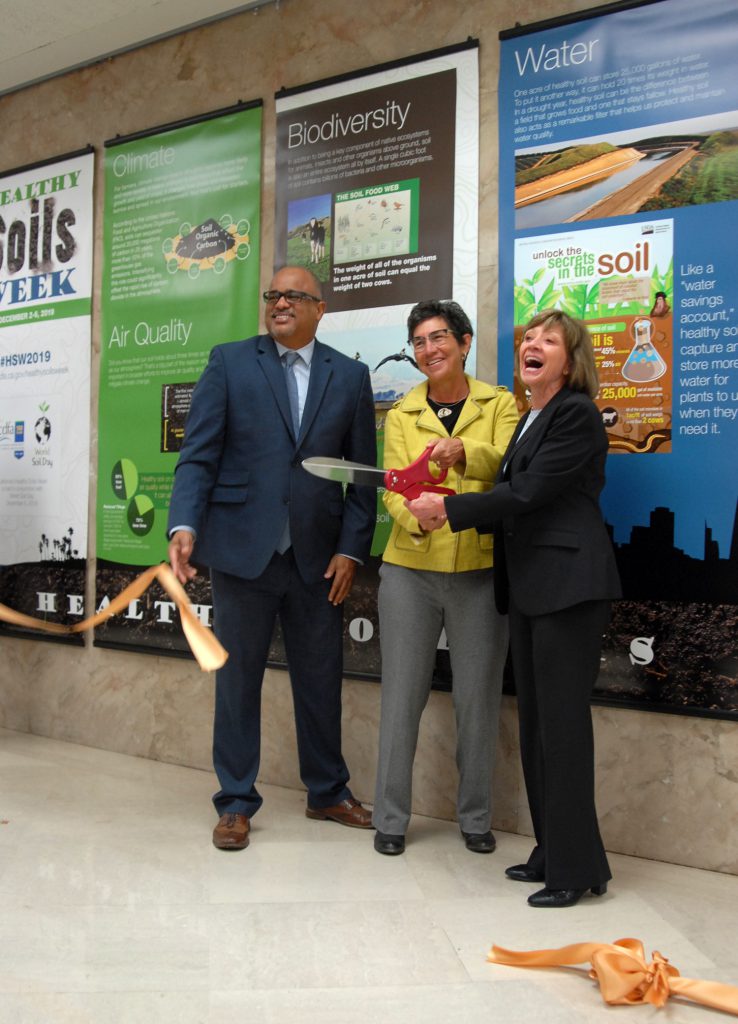

Healthy Soils Week continues with these scheduled events:
More information is available at CDFA’s Healthy Soils Week web page.
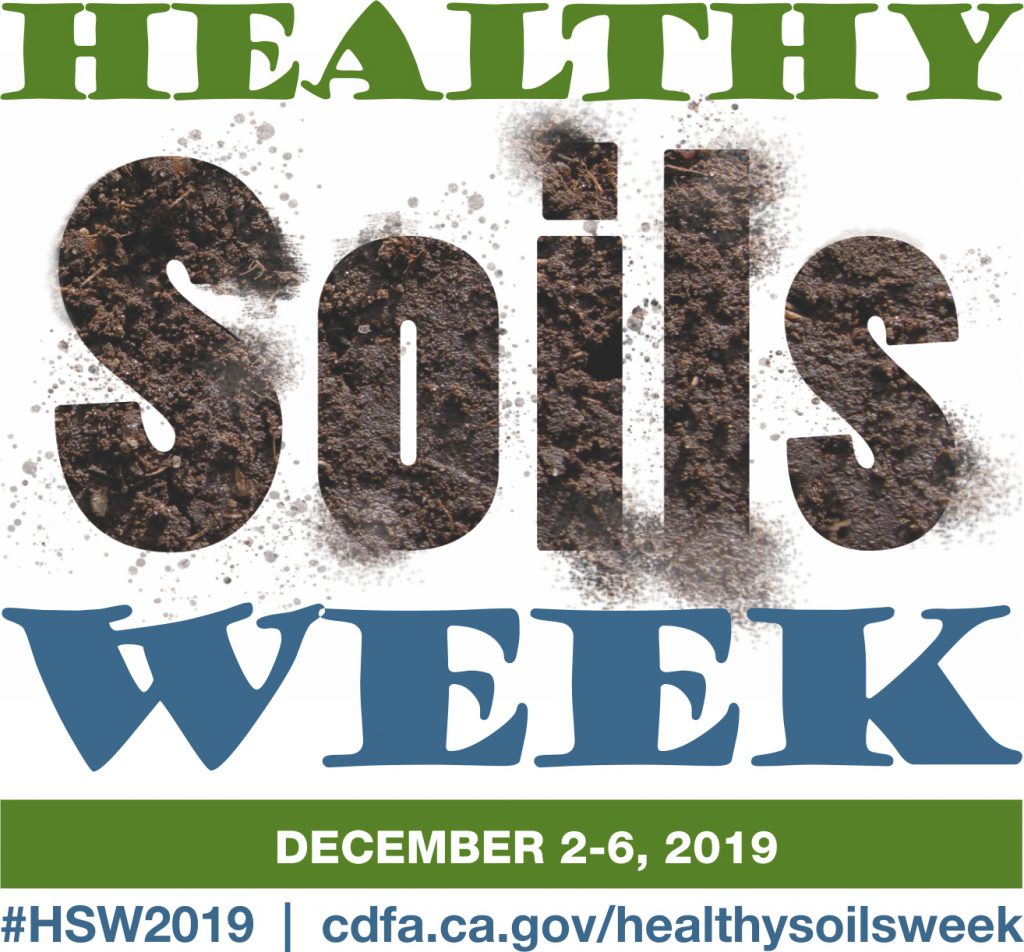
CDFA has introduced a webpage to promote Healthy Soils Week, starting today and extending through Friday, December 6. CDFA has joined with several partner agencies and non-governmental organizations to promote awareness about the importance of soil health to fight climate change, enhance food security, and conserve California’s natural resources.
The website provides details about the following daily events:
Healthy soil is quite literally the foundation of sustainable food, water, air and biodiversity. Restoring and preserving healthy soil results in:
Hashtags for Healthy Soils Week: #HSW2019 and #HealthySoilsWeek2019

One of the many things Californians have to be grateful for this Thanksgiving is that we live in a state that produces an abundance of fresh food that not only feeds but nourishes, our families. At a recent Public Policy Institute of California (PPIC) seminar Karen Ross, Secretary of the California Department of Food and Agriculture talked about California farmers’ “sense of purpose to help feed people, and not just feed them calories, but to nourish them. . . the kinds of crops California grows are so foundational to the best nutrition. . . that’s what we do here and we do it better than anyone else.”
California’s food diversity

We’re also fortunate that the variety of foods grown throughout California reflects the diversity of the state itself. With more than 71,000 farms producing 400 different commodities, pretty much every region of the state hosts farming, making year-round access to the foods we love something we tend to take for granted. Let your imagination be your guide.

Most of us are aware that, in addition to turkeys, the Central Valley produces an abundance of fruits, nuts, vegetables, and dairy products. But California farming is much bigger than that and keeps healthy food within easy reach. From the Central Coast Californians can count on strawberries, artichokes, lettuce, broccoli and cauliflower; you can head south for avocados for your salad as well as flowers for your holiday table; or head north for milk, cheese and other dairy products; stop in the Bay Area for garlic; and if you’re a sushi lover, the rice may well have come from the Sacramento Valley. Looking for bok choy or other Asian vegetables to have on your table? They are grown abundantly from Salinas to Santa Maria. A variety of mushrooms sprout in Santa Clara and Monterey. Apples are grown north of Los Angeles, east of San Diego, in the Central Valley and the North Coast. And if you have wine with dinner, it now comes from many regions, including Napa and Sonoma, the San Joaquin Valley, Central Coast, and Sierra foothills.
California is the nation’s No. 1 farm state
As the nation’s largest agricultural producer, there aren’t many parts of the state that don’t host farms or farm-related businesses. Again, from Secretary Ross, California farms, “produce an astonishing array of products and achieve the highest standards in quality, food safety, and environmental stewardship.”

And California farming itself is a diverse business. It not only employs people growing and harvesting the food, but it also provides jobs throughout the state to people who transport, process and distribute the food in addition to companies that support farming by providing advanced irrigation, new technology, updated equipment, management services and more. According to a recent study put out by the University of California, agriculture employed more than 1 million people in 2018, paying them $68 billion in wages.
Safe and nutritious food for your family
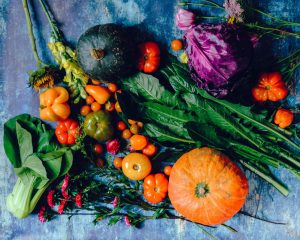
So, when you survey your Thanksgiving table remember that a large part of the food your family will enjoy is likely California-grown, which is not only part of who we are, it’s healthy and safe, good for the economy and better for the environment because it doesn’t have to be shipped or trucked from another country. And that’s truly something to be grateful for.
See the original post on the California Farm Water Coalition site.
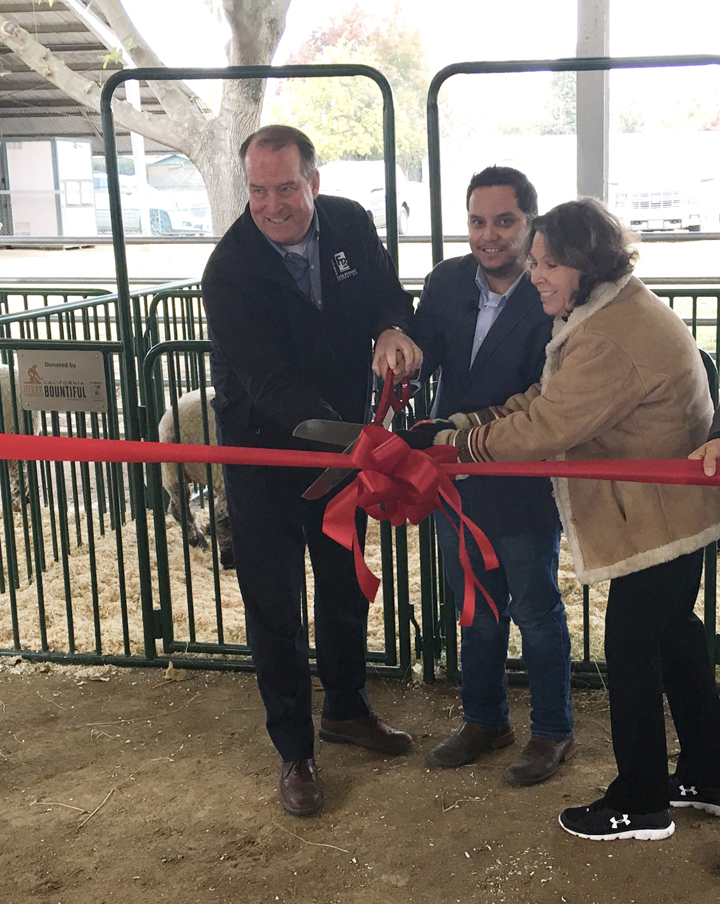


CDFA has introduced a webpage to promote the week-long Healthy Soils Week, December 2-6, 2019. CDFA, several partner agencies, and non-governmental organizations have joined forces to promote awareness about the importance of soil health to fight climate change, enhance food security, and conserve California’s natural resources.
The website provides details about the following daily events:
Healthy soil is quite literally the foundation of sustainable food, water, air and biodiversity. Restoring and preserving healthy soil results in:
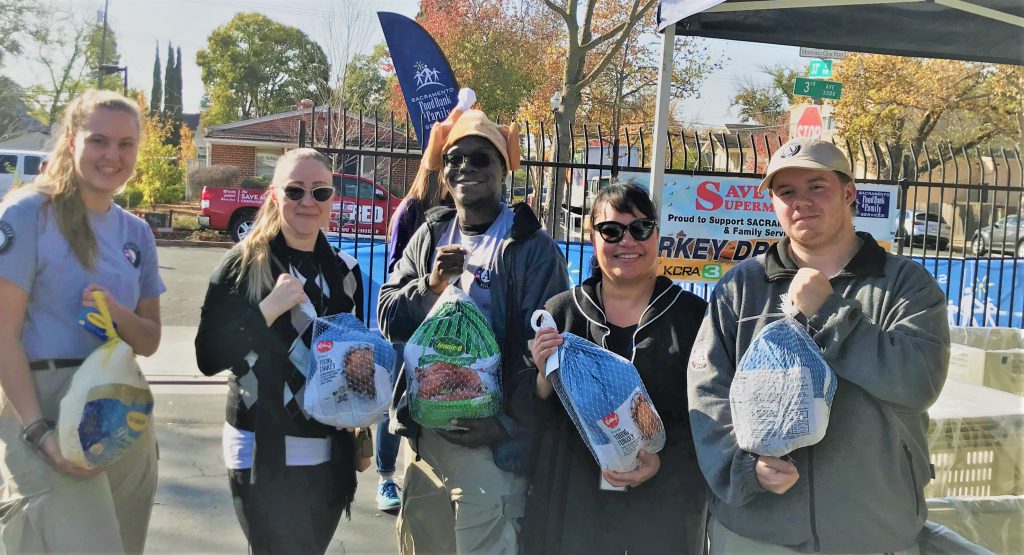
Each year CDFA joins state employees for the annual Sacramento Food Bank and Family Services Turkey Drive. At the donation event yesterday at Food Bank headquarters, state employees delivered nearly 3,700 turkeys–25 tons–for needy families.
Food insecurity remains a significant challenge in California. According to the California Association of Food Banks, 4.6 million Californians–including 1.7 million children–suffer from food insecurity, which is defined as the occasional or constant lack of access to the food one needs for a healthy, active life.
Participation in the Turkey Drive is part of the annual State Employees Food Drive chaired by CDFA. The Food Drive also features the placing of barrels in common state office spaces for donations throughout the holidays. Priority items include many varieties of canned and boxed foods, cooking oils, applesauce, and peanut butter.
The donation goal this year is 750,000 pounds of food.